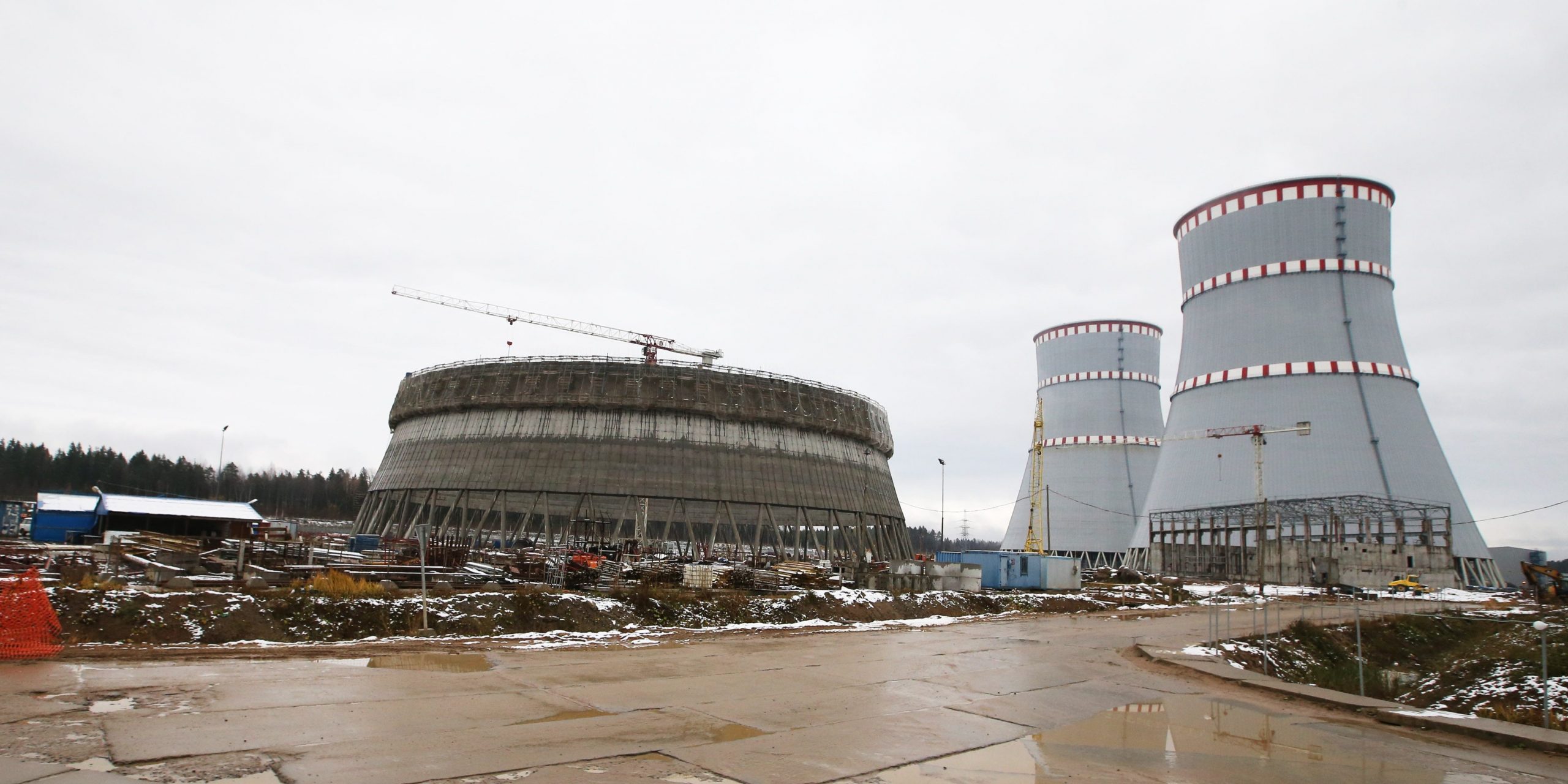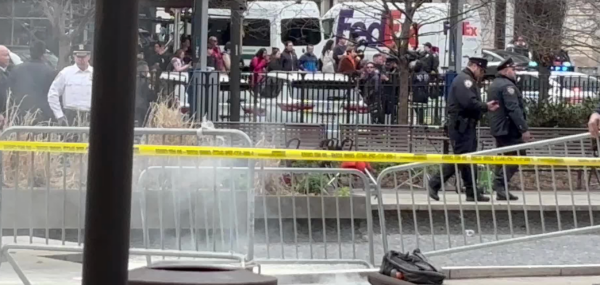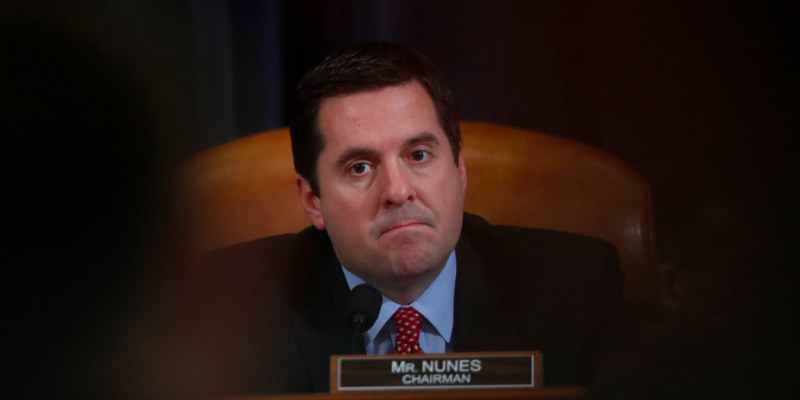- Russia appears to be ignoring a request for information from the UN’s nuclear watchdog after it was accused of being behind a radiation spike in Scandinavia.
- A safe but remarkable uptick in levels of three radioactive isotopes was observed in Sweden, Finland, and Norway last week. Dutch authorities said it came “from the direction of Western Russia.”
- The International Atomic Energy Agency on Monday said it had asked European countries for data. Twenty-nine countries responded, but not Russia.
- On Saturday, Russia’s nuclear energy operator denied it was the source of the leak and said its plants were all working as usual.
- Visit Business Insider’s homepage for more stories.
Russia is yet to respond to a request for information from the UN nuclear watchdog after it was accused of being behind a radiation leak in Scandinavia.
Last week, authorities in Sweden, Finland, and Norway reported a minor uptick in levels of the Ru-103, Cs-134, and Cs-137 radioactive isotopes.
An analysis by the Netherlands’ National Institute for Public Health and the Environment (NIPHE) found that the radiation was coming “from the direction of Western Russia.”
On Monday, the International Atomic Energy Agency (IAEA) said that 29 European countries had so far responded to a request for a situation report sent on Saturday – but not Russia.
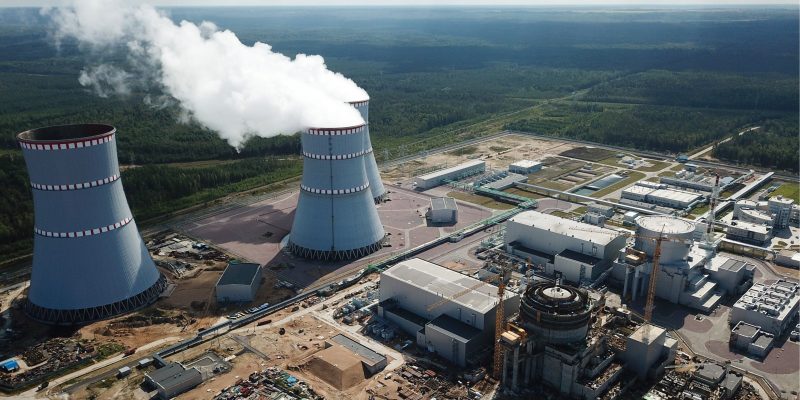
The countries "reported to the IAEA that there were no events on their territories that may have caused the observed air concentrations of Ru-103, Cs-134 and Cs-137."
While the increase in radiation is unknown, it is not dangerous, said Rafael Mariano Grossi, the director general of the IAEA.
"I expect more Member States to provide relevant information and data to us, and we will continue to inform the public," he said.
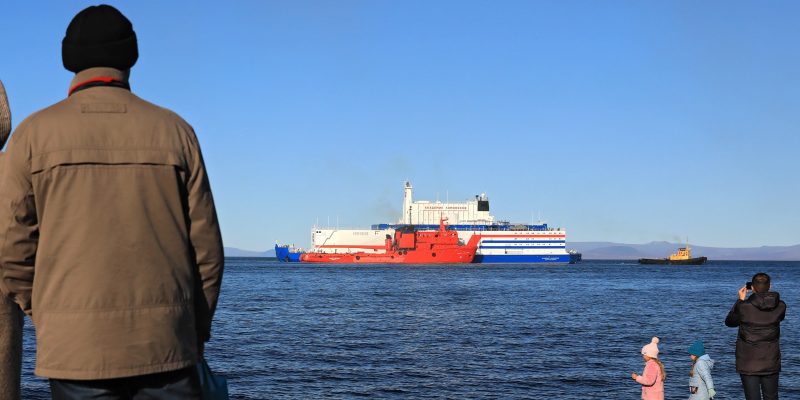
The pattern of radiation, according to NIPHE, "indicates damage to a fuel element in a nuclear power plant."
A spokesperson for Rosenergoatom Concern, a branch of the centralized Russian nuclear energy company Rosatom, denied that there had been a leak on Saturday.
Two nuclear powerplants in western Russia, the Leningrad and the Kola, are "working in normal regime," the spokesperson told state news agency TASS on Saturday.
Russia has a long a turbulent history with nuclear power, most famously trying to cover up the explosion at the Chernobyl nuclear facility in 1986.
It was accused of failing to disclose an accident at the Mayak nuclear facility in 2017 and of covering up an accident at a nuclear facility in Nyonoksa in August 2019.
Russia has 36 nuclear power reactors in total, according to the IAEA.
